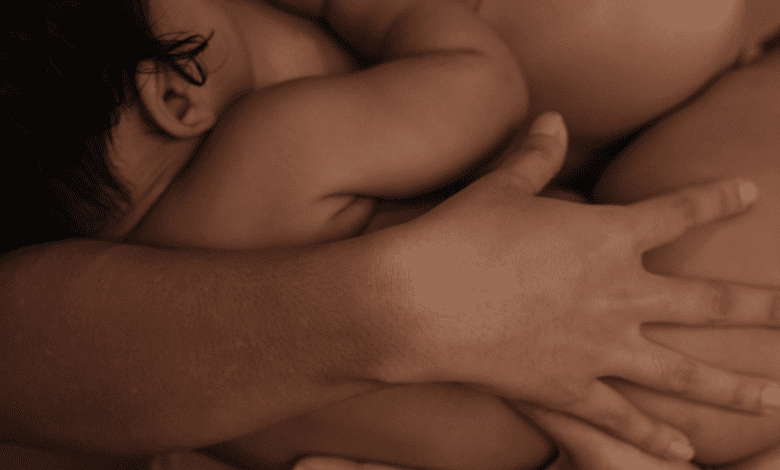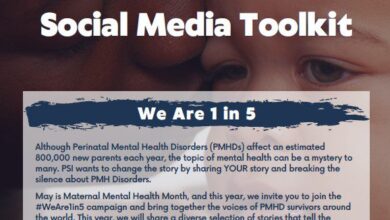8 Tips for Nipple and Breast Care for Breastfeeding Moms

Nursing and breastfeeding are natural experiences for many people, but that doesn’t mean it’s easy or without unique challenges. Knowing how to take care of your breasts and nipples can make all the difference.
For many, breast and nipple soreness in the first few weeks is to be expected (but not usually normal). It’s important pay attention to your pain and discomfort and contact a lactation consultant or IBCLC as needed.
Additionally, breast and nipple care can help improve your breastfeeding journey. Check out some nipple and breast care tips to confidently take care of your body and baby.
Caring for your breasts and nipples while breastfeeding
1. Use high quality nipple care products
You’ve probably heard or read about new mothers dealing with dry or cracked nipples after bringing their babies home, especially if their baby latched incorrectly. This can cause a common problem that results in great discomfort.
It is important to carefully care for your nipples, apply natural nipple balm or cream, and use Hydrogel patches or sterling silver nipple caps if needed.
Explore everything on Nipple Care.
2. Always wash your hands
It always is it’s a good idea to wash your hands before breastfeeding or caring for your nipples. You will prevent germs and bacteria from infecting your baby and reduce your chances of getting infections.
Reducing the germs around your baby makes it easier to tell if they are sick or experiencing refluxwhich require different treatment methods.
3. Wear cotton bras
Some fabrics trap heat and moisture, creating environments for bacteria to thrive and cause infections. Consider wear cotton bras like this from Kindred Bravely for more breathability.
The material can help increase circulation against your skin, makes you more comfortable than itchy fabric with a strong underwire.
4. Practice latching the baby correctly
Many new mothers struggle to breastfeed because they don’t know how to help their babies latch on correctly. After tickling their lips and positioning their chin on your chestcheck for signs of good latching such as:
- Latching doesn’t pinch you
- You don’t see an exposed areola
- Your baby’s lips stick out like a fish
Improper attachment can result in many uncomfortable situations for mother and baby. Your baby may suck on parts of the breast other than the nipple, leading to chapped skin and irritation and red spots.
5. Invest in cold compresses
Inflammation can occur even if you wash your hands and breast before feeding your baby. When that happens, apply a cold compress to the affected area.
Cold temperatures constrict blood vessels, reducing circulation to the site and reducing inflammation. You can use a bag of vegetables from your freezer or frozen compresses designed for breastfeeding.
6. Fit your breast pump properly
You may also be among many mothers pumping their breast milk between or at the breastfeeding site.
No matter how little or how often you use your pump, misusing it can cause skin irritation, so make sure you read the directions before using it.
The flange should have the right size to accommodate the diameters of your nipples and cover your areolas. You might like it too keep some flange size on hand because nipples can expand or shrink as new mothers nurse and wean their babies.
7. Change nursing pads often
New mothers often wear nursing pads throughout the day. They catch any leaks and reduce how often you need to change your bra.
However, they become wet when used for some time. Heat from your body and moisture from your breast milk or sweat leading to optimal conditions for bacterial growth.
You can reduce your chances of getting an infection by changing your nursing pad frequently. Switch to new ones when you notice they are wet. Checking your pads once in a while can keep you comfortable during your breastfeeding experience.

8. Know the signs of a nipple or breast infection
Even if you do everything possible to prevent infections, they can still happen. Study the nipple infection symptoms to get medical help if necessary.
It is also important to monitor your breasts for early warning of mastitis and know when to call your doctor for proper care.
Before feeding your baby, do a quick inspection for signs such as:
- Swelling
- Tenderness
- Warmth around or under the nipple
- Redness
You may feel sick because the fever starts as your body tries to fight the infection.
Your doctor can prescribe medication and treatment options to soothe your breasts if you have burning sensation while breastfeeding or difficulty making milk. you will return to breastfeeding more quickly and eliminate any risk of passing the infection to your baby.
Grow while breastfeeding
There are many things to keep track of as a new mother. Remember to take care of yourself by learning nipple and breast care tips. You’ll learn how to keep yourself – and your baby – healthy as you journey through life together.





